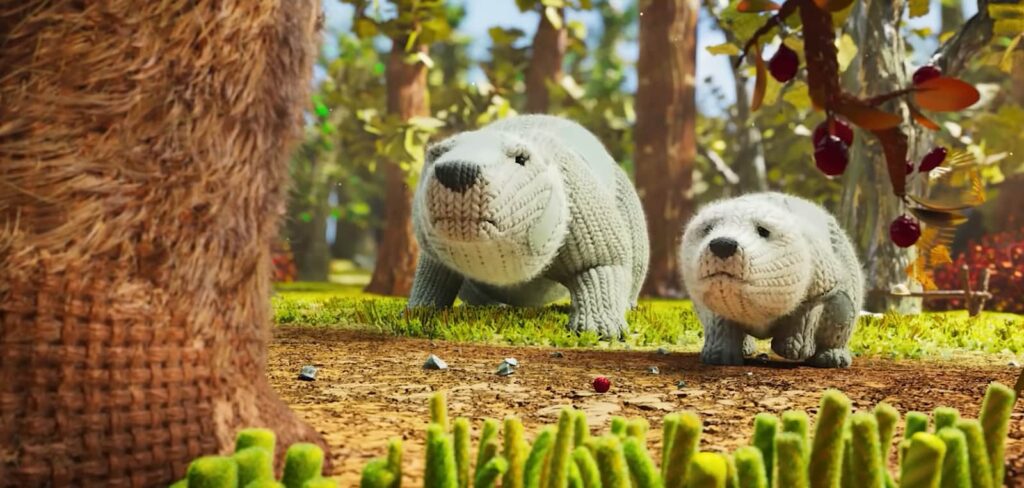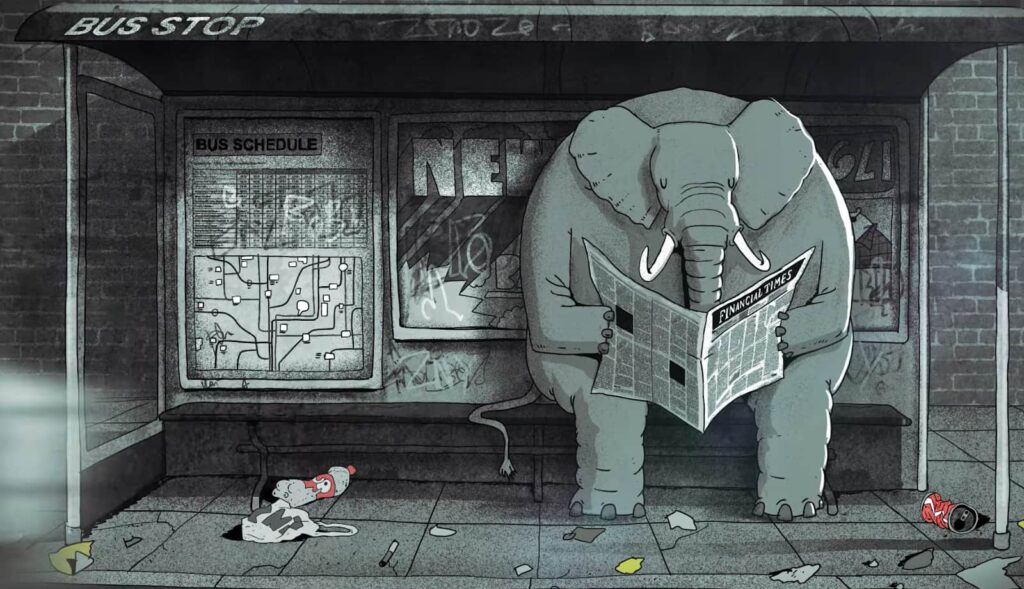The Origins of World Environment Day
In 1972, the UN General Assembly convened in Stockholm, Sweden, to discuss human and environmental issues. At the same time, the UN General Assembly adopted a resolution establishing the United Nations Environment Program (UNEP). The United Nations believes that this day provides an opportunity for the intellectual thinking and responsible behavior of individuals, companies, and communities to preserve and develop the environment. Therefore, due to the holding of the UN Convention on June 5, this day was named World Environment Day.
You may also like to explore “Elevate Your Animation Bible Pitching and Sales Game” as we delve into the top video picks for World Environment Day Animated.
The Mission of UNEP
UNEP’s objective is to organize and commemorate such occasions with the intent of humanizing environmental concerns, empowering individuals, and increasing public consciousness to inspire activism in the realm of sustainable and equitable development, fostering participation to secure the well-being of all nations. This approach promotes safety and happiness.
The theme for World Environment Day 2022, encapsulated in the slogan “Only One Earth” (#OnlyOneEarth), advocates for united and transformative efforts on a worldwide level to safeguard and rejuvenate our planet.
Corporate Social Responsibility in Environmental Preservation
Corporate Social responsibility of environment preservation sets organizations and companies to reduce waste disposal, minimize the use of paper by using modern technology in official correspondence, reduce greenhouse gas emissions, maximize efficiency and optimal energy consumption, and minimize practices that may negatively affect the use of natural resources in future generations.
By modifying the lifestyle and consumption pattern, each person can take a positive step toward fulfilling their social responsibility.
With the smallest of actions, we can make a significant impact on the environment and save the planet Earth by reducing our consumption of natural energy, such as using energy-saving light bulbs, using proper heating and cooling for our homes and our place of work, using less plastic, less mastery of vehicles and instead choosing a bike or walking, as well as recycling garbage, separating garbage from the source is not a difficult task for anyone and with a bit of time and patience can do it. But if anyone is indifferent to this responsibility, it can become a big problem that requires a lot of capital, time, and workforce to solve, and ultimately can not be denied harm to the environment.
Educational Outreach Through Animation

Regarding this special event, four of the best animations have been gathered to educate society about their sole home, The Earth.
1. “Man” Animation by Steve Cutts
- Steve Cutts is an independent illustrator and animator, best known for “MAN,” one of his most popular animations that delves into “Looking at Man’s Relationship with the Natural World.”;
- This animation has garnered significant attention, amassing 44 million views on YouTube. Through this work, Cutts skillfully portrays how humankind, over many years, has selfishly and thoughtlessly exploited animals, engaged in inefficient and purposeless consumption patterns, contributed to the pollution of seas with waste and chemicals, and generated mass production of waste without any plans for recycling;
- This animation poignantly illustrates the idea that such environmental negligence will ultimately lead to the destruction of the Earth, and in the end, humanity will fall victim to the very disasters it has wrought.
2. “Migrants” Animation
- The thought-provoking animation “Migrants,” produced in collaboration with four animation school students – Zoé Devise, Hugo Caby, Antoine Dupriez, and Aubin Kubiak – has won 105 awards. It examines the harrowing consequences of a weather disaster;
- The animation tells the story of a mother and her cub who are forced to migrate from their Arctic habitat due to human-induced climate change. As icebergs melt and their habitat becomes uninhabitable, the animation poignantly showcases the destructive impact human activities have on ecosystems and animal species, emphasizing the urgent need for environmental awareness and action.
3. “A Whale’s Tale Animation” by Izzy Burton
- Directed by Izzy Burton, this heartwarming animation was produced for Cartoon Network. It premiered in November 2018 and received the prestigious BAFTA Children’s Award;
- The story revolves around an underwater whale’s mission to assist smaller sea creatures struggling with plastic waste, while on land, a young boy seeks help to clean up his local seascape. Both the boy and the whale soon discover that they cannot tackle this daunting task alone;
- This animation underscores the significant damage we have inflicted on nature and our environment, conveying a powerful message about working together and effectively educating children to protect our planet, ultimately leading to collective happiness.
4. “The Turning Point Animation” by Steve Cutts

- Directed and written by Steve Cutts in January 2020, this thought-provoking animation explores a world transformed, where humans are replaced by animals as the dominant species;
- This symbolic shift highlights the environmental crimes committed by humanity, emphasizing how our harmful behaviors have become ingrained habits. Due to their repetition, we fail to comprehend the extent of the tragedy unfolding, as the human race faces extinction at the hands of the animal kingdom.
Conclusion
World Environment Day epitomizes the global community’s concerted efforts to protect and restore the environment. It reminds us of our indispensable role – as individuals and organizations – towards safeguarding our home, the Earth. As we venture forward, let’s bear the slogan of World Environment Day 2022 in our hearts, “Only One Earth,” and strive to make our planet a safer and happier abode for all. Through persistent effort and unyielding determination, we can indeed make a significant difference.
In the 21st century, literacy extends beyond the traditional realms of reading and writing. One crucial aspect of contemporary literacy is the acquisition of substantial information and awareness concerning our environment, society, and the natural world. It becomes imperative to familiarize oneself with topics such as environmental pollution, animal rights, responsible treatment of nature, and methods for safeguarding the environment. The knowledge and insights we amass in these areas not only empower us but also enable us to guide others and fulfill our shared responsibilities.